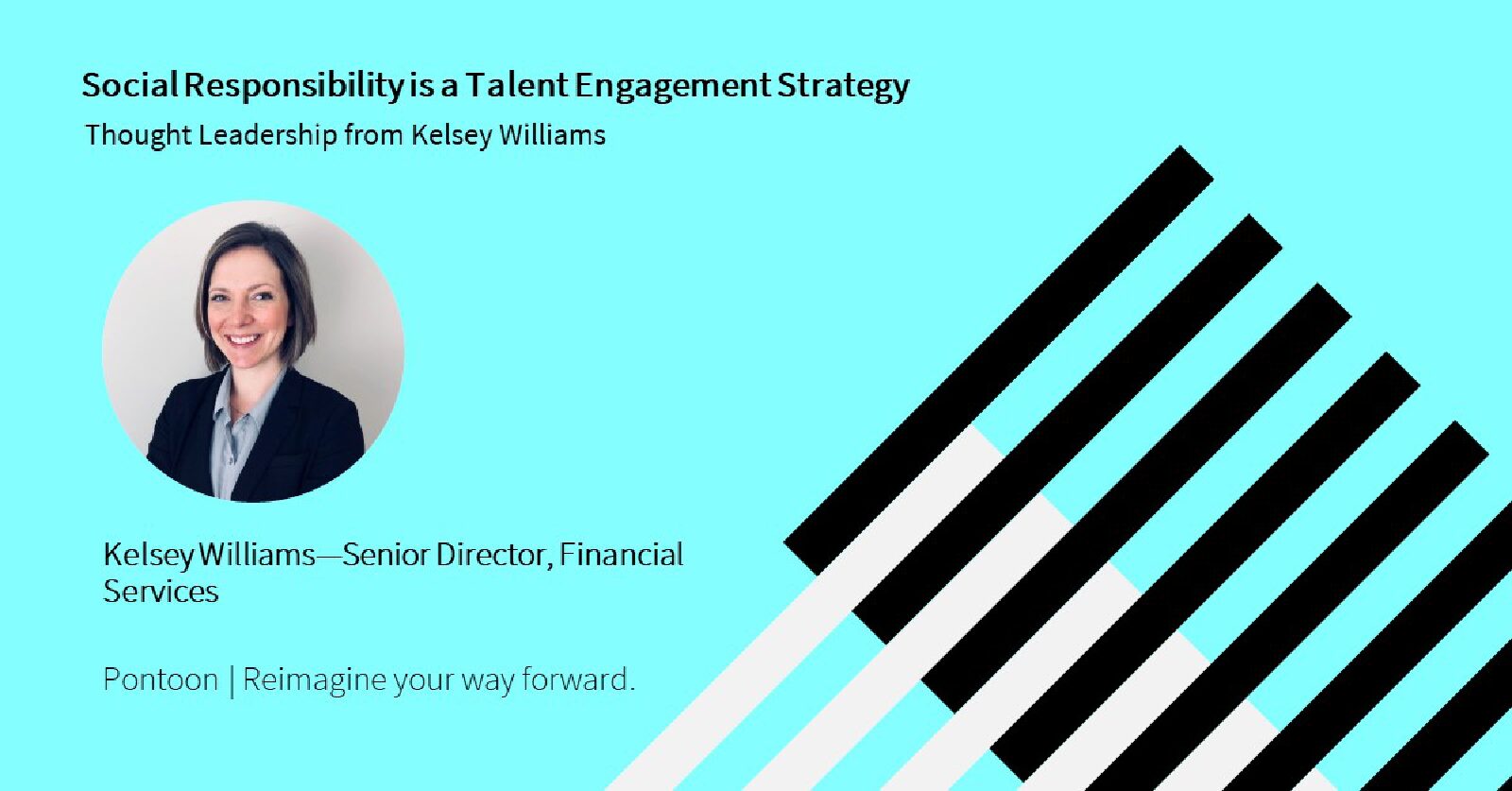The human capital component of corporate sustainability and ESG strategies
In 2022 most businesses have understood that they must produce a purpose beyond simply being a vehicle for financial returns. Most Fortune 500 companies have now issued a mission or a more meaningful purpose on how their organisations contribute to societal needs.

Frederik Otto – Global Head of Client ESG & Impact
Additionally, businesses’ stakeholders have increased expectations of a corporate strategy that embeds Environmental, Social and Governance (ESG) issues and the systems that govern them. The oversight of the ESG strategy should sit with the board of directors, the most authoritative body of a company. However, not all organisations have efficient board oversight yet. Regardless, the executive committee is expected to drive and sponsor the strategies’ implementation, and employees must deliver on it.
Risk management used to be the primary driver of this approach. It is becoming increasingly important to reduce negative externalities and create a positive impact. This is a timely development as individuals, either the companies’ current workforce or prospective talent, strive to work for organisations that embrace an applied ESG strategy and hence aim to contribute positively to society.
Tying ESG to talent attraction and retention
The way forward is twofold: an organisation needs ESG and/or sustainability strategies to future-proof the business and enable longevity of returns for its shareholders. On the other hand, individuals are required to deliver on the strategy. This is precisely where the problem lies – most organisations do not yet sufficiently recognise the human capital aspect of their ESG strategies. For example:
- Do HR functions understand the milestones of the strategy, and is the Human Capital Management (HCM) approach aligned to that?
- Is the organisation pre-, re- and upskilling employees for future endeavours, and is talent actively pipelined to fulfil commitments to stakeholders such as net-zero targets?
A prominent example would be energy companies that want to hire or redeploy workers to focus on renewables and more nascent technologies. Unfortunately, there is often confusion about what future readiness means to an organisation’s workforce.
Garnering senior leadership’s buy-in
HR leaders must be vocal and showcase to their senior leadership teams how the human component accelerates strategy and commitments. They need to closely follow the dynamism of talent movement in the market and keep a pulse on how social developments and skills in the community evolve.
All of this begs the question of whether HR leaders have the tools, executive sponsorship and gravitas to drive an aligned HCM strategy that complements the ESG agenda. Are the strategic importance of people functions to help accelerate it recognised, and how are they empowered by the CEO and board?
Chief Human Resource Officers (CHRO) might have become more visible through the pandemic as workforce wellbeing was the focal point; how do they now take the next step to create even more positive impact?
We are trying to find out more about these questions with a comprehensive survey of large companies’ HR leadership teams. We want to understand how enabled they feel to drive their organisations’ sustainability commitments and ESG strategies.
Our approach is focused on positive impact
We believe human capital plays a significant role in all businesses’ environmental and social endeavours.
To proactively shape sustainable human capital leadership, we help strategic people functions identify, implement, deliver and govern the human capital implications of their organisations’ ESG and/or sustainability goals and commitments.
We want to ensure that our services create a measurable positive impact on our clients’ organisations and society. Most of our ESG advisory solutions have a pre-identified systemic impact. We want to enable our clients to showcase this impact to their employees, talents and the communities they serve.
No off the shelf solutions
We’re always happy to talk about where we have already made significant impacts in our client’s organisations, but we also strongly believe that every client has their own specific needs. This is particularly true when delivering services for ESG. As materiality of sustainability issues are different in every industry and from client to client- so are our solutions. That’s why we focus our solution design to be relevant to the ESG challenges of our clients’ organisations.
Follow along our ESG journey and check back for our forthcoming report on empowering HR leaders to deliver on their organisations’ ESG and sustainability strategies.
Related Post
Building a comprehensive corporate social responsibility strategy
Corporate social responsibility (CSR) is increasingly becoming a cornerstone of modern business strategies, driving organisations to adopt more human-centric and people-focused approaches. Socially responsible ...
Similar Resources
In today’s complex business world, C-suite leaders make long-term, strategic decisions after consulting experts within their organisations and networks. This group of people may include contributors, decision-makers, and influencers. In ...





